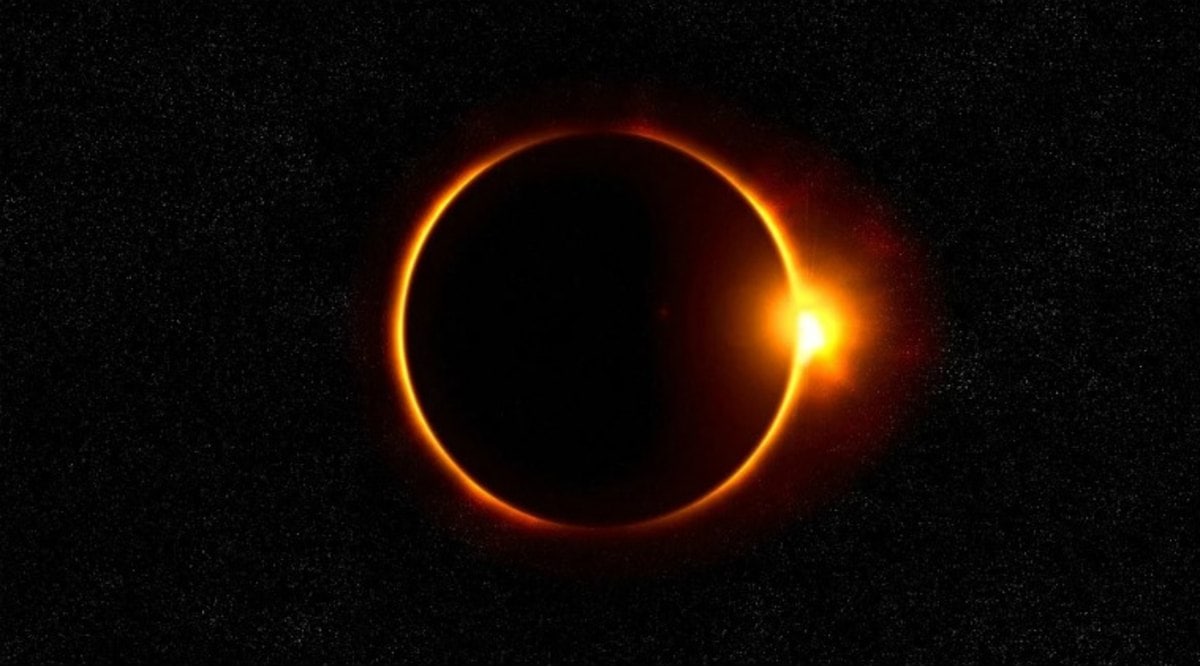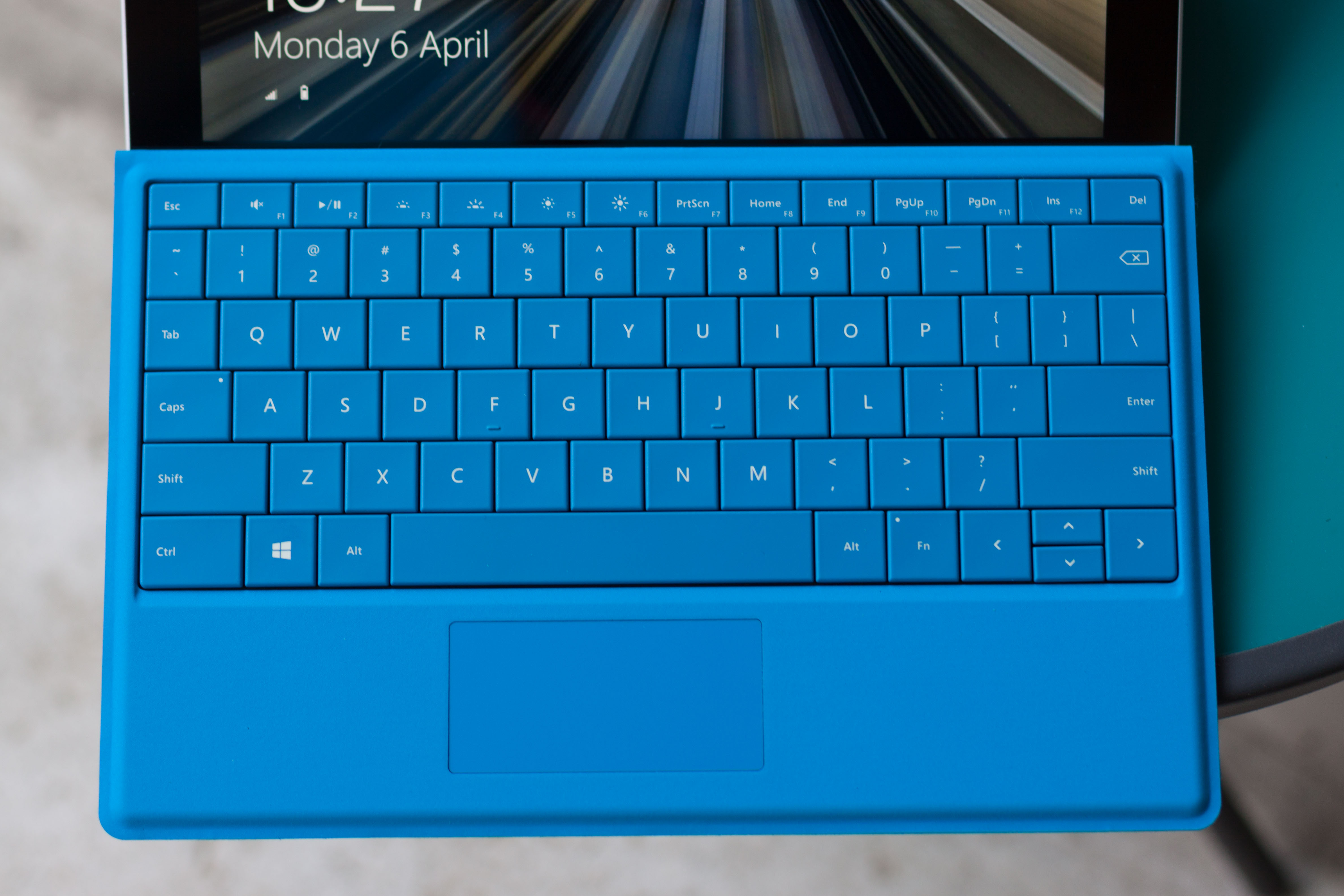

See how to observe the moon in this infographic. With a pair of binoculars or a small telescope, many spectacular features can be spotted on the moon. To extend your exposure time to a few seconds and capture the rich red and orange hues of totality, use a motor-driven, polar-aligned equatorial mount to accurately track the moon as it moves across the sky.

This will prevent the image from smearing due to Earth's rotation, especially if you are using a fixed tripod. You can also assemble the series of images to create an animation of the eclipse.ĭuring totality, keep your exposures as short as possible by boosting the camera's ISO setting to 400, or even higher. By taking lots of pictures, you'll increase your chances of catching some really good shots. Afterward, it gradually regains its brightness, and the moon becomes full again as the eclipse ends. The moon then dramatically dims as the eclipse progresses, appearing dimmest around mid-totality. Remember, the eclipse will start with a dazzlingly bright full moon. Don't be afraid to experiment to find the best combination of aperture, shutter speed and ISO sensitivity for your particular setup. So the best advice would be to "bracket" your exposures, that is, shoot as many images as you can using various exposure settings.

Nobody knows for sure how bright, or how dark, the moon is going to be during totality since it varies significantly from one eclipse to the next. Memory cards are now dirt-cheap, so it costs practically nothing to take dozens or even hundreds of photos of the upcoming rare event. Simply adjust the shutter speed or refocus the telescope and try again. Does the image look overexposed or out of focus? Not a big deal. You can see what the image exactly looks like by reviewing it on the camera's LCD screen. The greatest advantage of digital cameras over film for shooting the eclipse is that you get instant results. You can zoom in on the image up to 10× magnification to check its focus. Many DSLR cameras now offer "live view" mode, which allows you to see what the camera sensor sees, using its built-in LCD screen. A good alternative would be to use the camera's built-in delay timer to open the shutter.Ĭarefully focus your telescope/camera combination to obtain sharp images of the moon. You can reduce vibrations even further by locking the DSLR's viewfinder mirror up and using an electronic "cable release" to operate the shutter button. (Image credit: By Karl Tate, Infographics Artist)īe sure to mount the telescope or telephoto lens on a sturdy tripod for stability and to minimize camera shake, which will blur the images. See how four blood moons of a total lunar eclipse tetrad work in this infographic. A series of four total lunar eclipses in a row is called a tetrad.


 0 kommentar(er)
0 kommentar(er)
